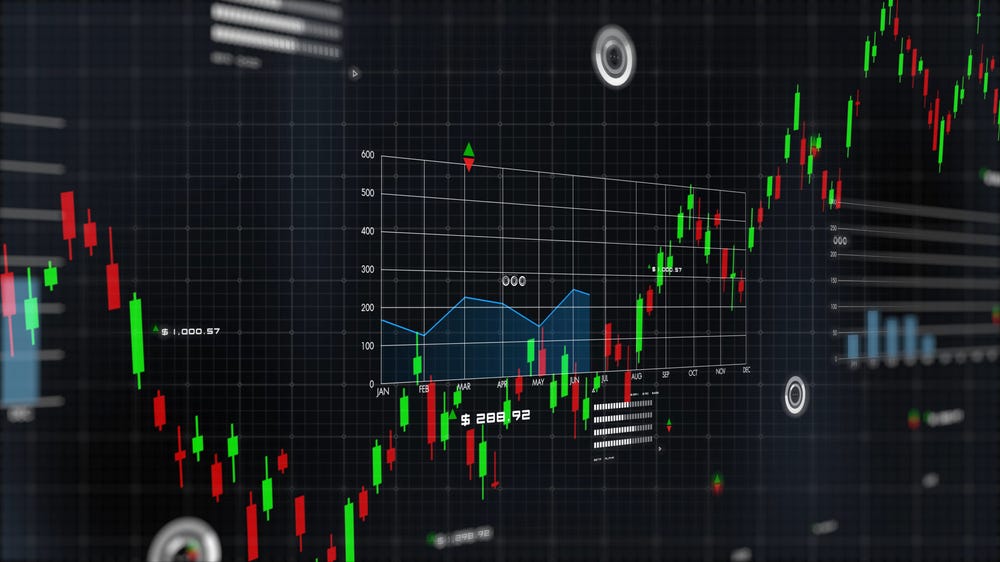Understanding Crypto Trading Charts Your Essential Guide

Understanding Crypto Trading Charts
Crypto trading charts are one of the fundamental tools used by traders to analyze price movements in the cryptocurrency markets. Just as traders in traditional markets use charts to predict future price movements, crypto traders rely heavily on these visual representations to make informed trading decisions. This article dives deep into the various types of crypto trading charts, how to read them, and strategies for effectively using them. Furthermore, you can enhance your trading experience by exploring valuable resources, such as this Crypto Trading Charts https://kuwaitelectrician.online/2024/11/15/these-10-hacks-will-make-your-exness-mt4-trading-platformlike-a-pro/ that provides tips for optimizing your trading platform.
Types of Crypto Trading Charts
There are several types of charts that traders commonly use in the cryptocurrency market. The three most popular types are:
- Line Charts: Line charts are the simplest form of chart, representing price movement with a single continuous line. They connect closing prices over a specified time frame, making it easy to see overall trends.
- Bar Charts: Bar charts provide more information than line charts. Each bar represents the open, high, low, and close prices for a particular time frame. This allows traders to see price volatility and trends more clearly.
- Candlestick Charts: Candlestick charts are the most popular among traders due to their rich visual representation. Each ‘candlestick’ provides a wealth of information, showing the open, high, low, and close prices for a specific time period. They can also indicate market sentiment based on the color of the candle (bullish vs. bearish).
Reading Crypto Trading Charts

Understanding how to read these charts is crucial for effective trading. Here are some key components to look for:
- Time Frames: Different time frames (such as 1 minute, 5 minutes, hourly, daily, etc.) can impact how you interpret price action. Shorter time frames may show volatility, while longer time frames can reveal overall trends.
- Volume: Trading volume is another important aspect of chart analysis. High volume indicates strong market interest, which can lead to significant price movements.
- Support and Resistance Levels: These are price levels where the market tends to reverse. Identifying these levels can help you make smarter trading decisions and set proper stop-loss orders.
Technical Indicators
Technical indicators can also be used in conjunction with trading charts to gain additional insights. Here are some commonly used indicators:
- Moving Averages: Moving averages help smooth out price data and can indicate trends. Common types include the Simple Moving Average (SMA) and the Exponential Moving Average (EMA).
- Relative Strength Index (RSI): The RSI is a momentum oscillator that measures the speed and change of price movements. It ranges from 0 to 100 and helps identify overbought or oversold conditions.
- Bollinger Bands: These bands consist of a middle band (SMA) and two outer bands that adjust based on market volatility. They can indicate potential ranges for price action.
Strategies for Effective Chart Trading

When using crypto trading charts, having a solid strategy is key to successful trading. Here are some popular approaches:
- Trend Following: This strategy involves identifying and following existing market trends. Traders buy in bullish markets and sell in bearish markets, looking for opportunities to capitalize on sustained momentum.
- Range Trading: Range traders repeat capitalizing on oscillating prices between support and resistance levels. This strategy involves buying at support levels and selling at resistance levels.
- Breakout Trading: Breakout traders monitor key support and resistance levels, looking for moments when price breaks through these levels. If a breakout occurs, it can signal a significant price movement.
Risks and Challenges in Crypto Trading
While trading using charts can lead to profitable opportunities, it also comes with risks. Here are some challenges traders may face:
- Market Volatility: The cryptocurrency market is known for its extreme volatility. Prices can swing wildly within minutes, making predictions difficult.
- False Signals: Technical analysis can sometimes generate false signals, leading traders to make poor decisions based on erroneous chart patterns.
- Lack of Fundamentals: Unlike traditional assets, cryptocurrencies may not always have robust fundamental indicators, making it challenging to gauge true value.
Conclusion
Understanding crypto trading charts and how to analyze them is fundamental for anyone looking to engage in the cryptocurrency market. By utilizing various charting types, learning to read patterns and trends, and incorporating technical indicators, traders can develop effective trading strategies. However, it’s crucial to remain aware of the risks and challenges that accompany trading in this volatile environment. With dedication to learning and adapting, traders can improve their chances of success in the ever-evolving world of cryptocurrency trading.

Post Comment